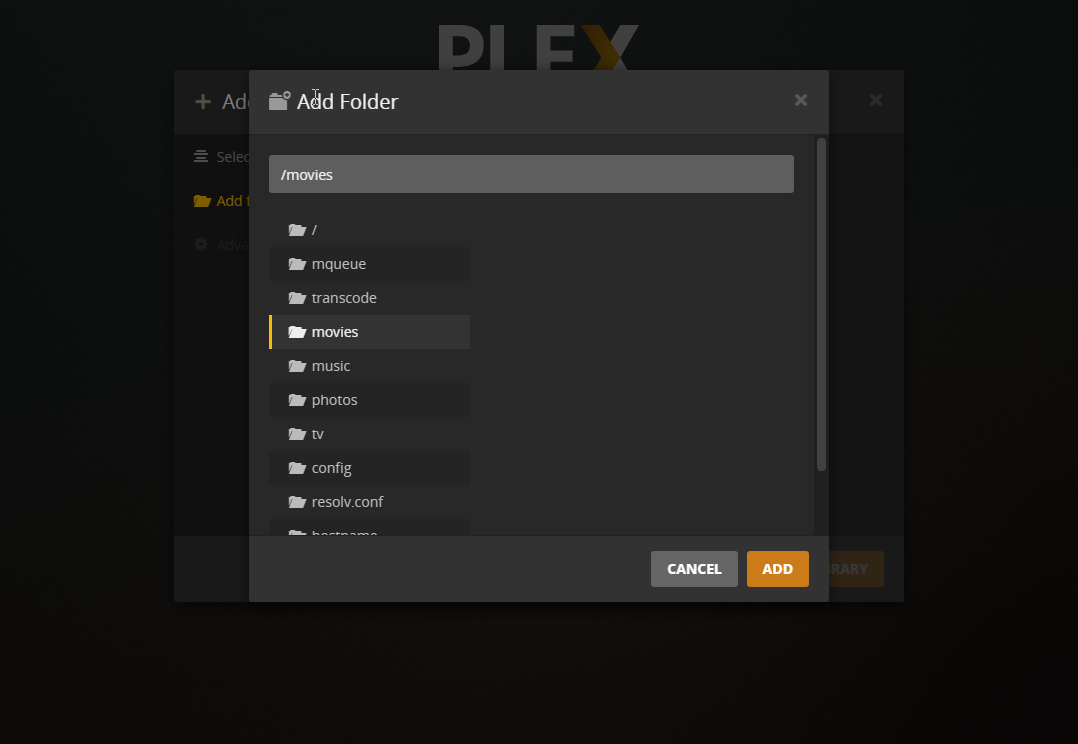

- #Plex media server docker how to#
- #Plex media server docker drivers#
- #Plex media server docker windows 10#
However, there was a big problem with the solution I am running a Docker Swarm setup and the functionality between Docker and Docker Swarm is not the same.
#Plex media server docker drivers#
I was not the first person to attempt this I found lots of posts explaining the situation and solution in detail.Īll I had to do was provide the Plex container underlying access to the 'devices' (the Intel CPU transcoder) drivers located at '/dev/dri' using the Docker '-driver' option and enable hardware transcoding in the Plex options.

#Plex media server docker how to#
Now I had identified that the issue was a resource constraint, due to using software transcoding, I started investigating how to provide the Docker container access to the underlying CPU to once again offload the transcoding task to the hardware.

I looked at the Plex dashboard while remote media was playing and noticed that my CPU usage was frequently hitting >95%. I started receiving complaints from friends and family that remote playing of large media files would buffer frequently and take longer to transcode. In my new Docker Swarm setup, Plex is running as a container without direct access to the transcoding features on the CPU and instead performs the process via its builtin transcoder software. In my previous setup, Plex had direct access to the underlying CPU hardware so it could perform this efficiently via the built in hardware transcoding features from Intel known as 'Intel Quick Sync Video'. Plex will automatically adjust the playback media quality depending on your internet connection speed, via a process known as transcoding. My services were now automatically updating and being backed up, mission accomplished! The timing of my home project couldn't have been more relevant, as the skills I had been learning at home were now directly transferable to a large new work project for running Kubernetes clusters. This was a big learning curve but also a very interesting project! I learnt a lot about Linux administration, replaced NGINX with Traefik, setup OAUTH2 via Google for logging in, and deployed containers through stacks of services via.

I decided to challenge myself to migrate all of my standalone apps, manually configured on Windows 10, to containers running on Ubuntu server using Docker Swarm (allowing clustering later if required) with the services configuration stored in YAML files and source controlled with Git. For a while I had found managing updates for all my services to be a bit of a pain, and I wanted to automate this process as much as possible. I've used it so much that I subscribed for their lifetime membership to access the whole feature set.Īpproximately 12 months ago I started looking for a new home project to work on, and coincidentally started reading more about the possibilities of Docker containers. It worked well for streaming content on my local network to my TV via Roku, and also provided a great opportunity to learn NGINX to safely expose the Windows services remotely to friends and family.
#Plex media server docker windows 10#
I've been using their product for years via a small home setup of an Intel NUC, for running the Plex app (along with many other apps), on Windows 10 and a Synology NAS for media storage. For media management and streaming at home I use Plex.


 0 kommentar(er)
0 kommentar(er)
